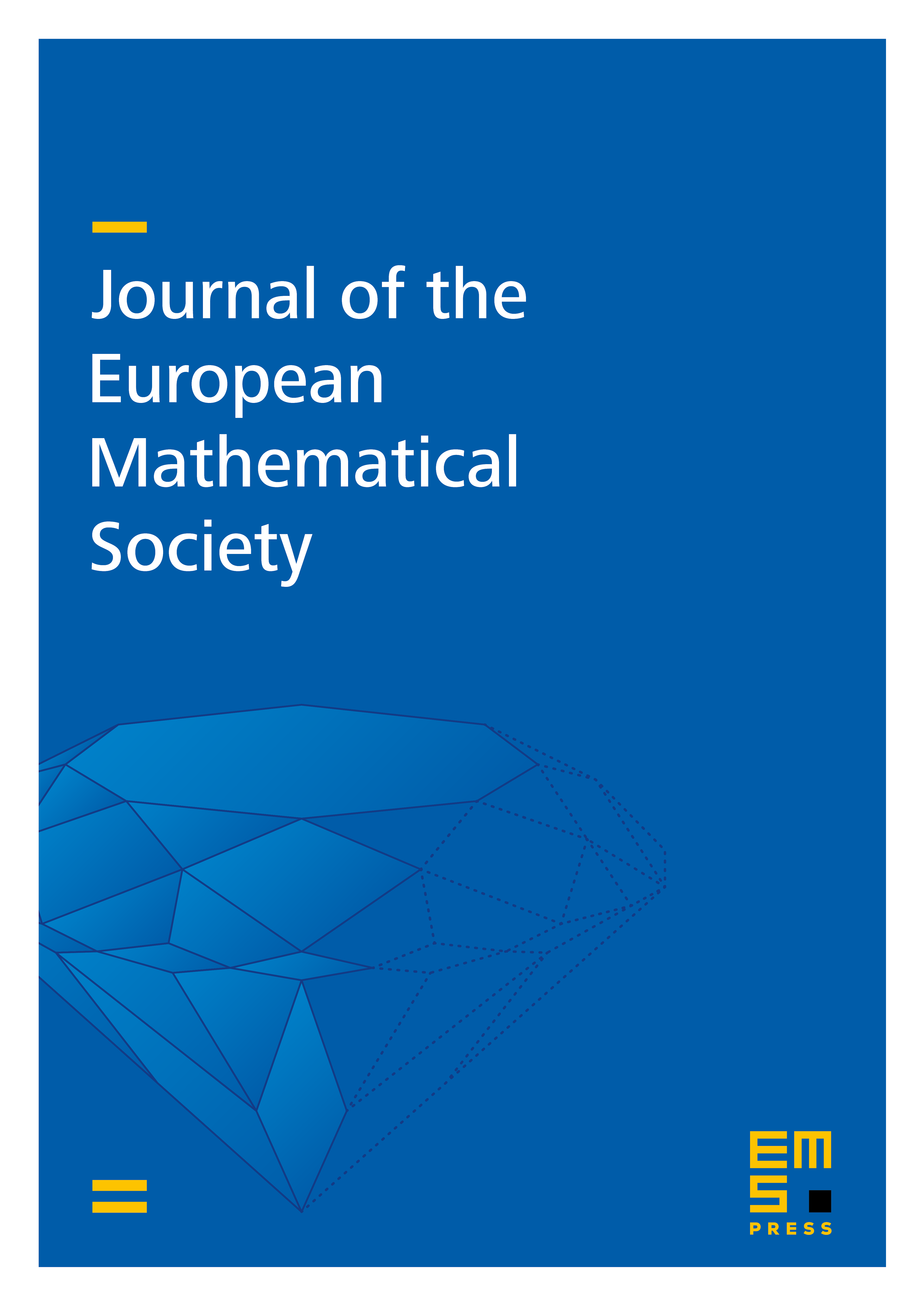The calculus of thermodynamical formalism
Paolo Giulietti
Universidade Federal do Rio Grande do Sul, Porto Alegre, BrazilBenoît R. Kloeckner
Université Paris-Est - Créteil Val-de-Marne, FranceArtur O. Lopes
Universidade Federal do Rio Grande do Sul, Porto Alegre, BrazilDiego Marcon
Universidade Federal do Rio Grande do Sul, Porto Alegre, Brazil

Abstract
Given an onto map acting on a metric space and an appropriate Banach space of functions , one classically constructs for each potential a transfer operator acting on . Under suitable hypotheses, it is well-known that has a maximal eigenvalue , has a spectral gap and defines a unique Gibbs measure . Moreover there is a unique normalized potential of the form acting as a representative of the class of all potentials defining the same Gibbs measure.
The goal of the present article is to study the geometry of the set of normalized potentials , of the normalization map , and of the Gibbs map . We give an easy proof of the fact that is an analytic submanifold of and that the normalization map is analytic; we compute the derivative of the Gibbs map; last we endow with a natural weak Riemannian metric (derived from the asymptotic variance) with respect to which we compute the gradient flow induced by the pressure with respect to a given potential, e.g. the metric entropy functional. We also apply these ideas to recover in a wide setting existence and uniqueness of equilibrium states, possibly under constraints.
Cite this article
Paolo Giulietti, Benoît R. Kloeckner, Artur O. Lopes, Diego Marcon, The calculus of thermodynamical formalism. J. Eur. Math. Soc. 20 (2018), no. 10, pp. 2357–2412
DOI 10.4171/JEMS/814